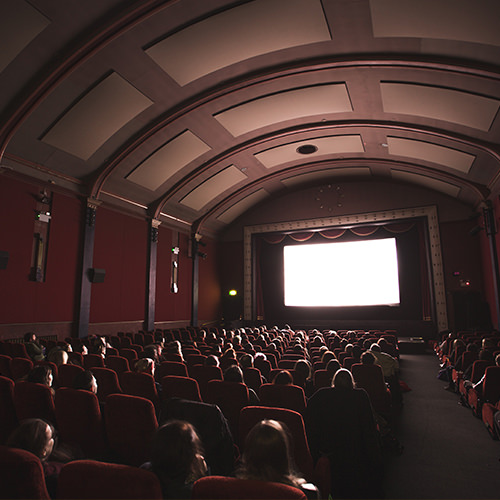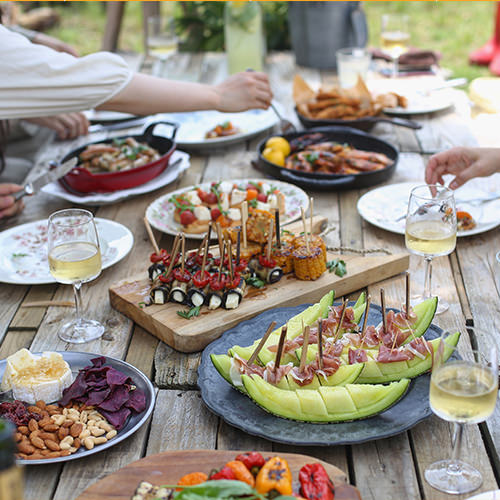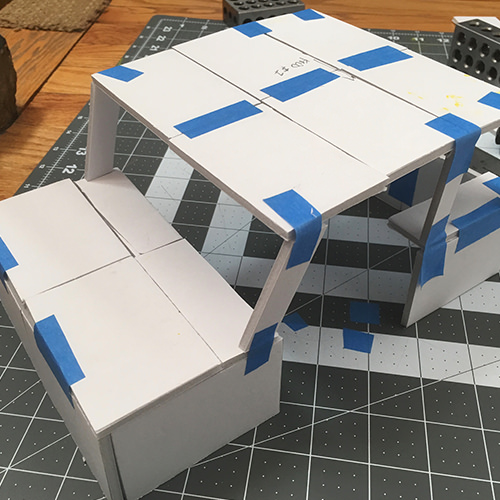It’s back to school season, and time for students across the nation to deliver to teachers the traditional “How I spent my summer vacation” essays. Well, I’ve been out of grade school for a while now, but I spent my summer at the eTail East and Retail Tomorrow shows in Boston learning from some of the top retailers in the world, and I’d like to report back on what I’ve learned (and place a shiny apple on your desk, or perhaps a crystal ball to forecast the future).
While Retail Tomorrow focused primarily on brick-and-mortar stores and eTail East on online retail, both were equally obsessed with driving better experiences for customers. After all, we’re living in the Experience Economy, and virtually everything you can buy now is available online, so the main point of differentiation for any brand today is delivering a better experience to consumers online and off.
Have you ever been experienced?
But what does a “better experience” mean exactly? For those assembled at the shows, it starts with knowing your customer. And do they know a lot about you! They have access to a treasure trove of data about virtually everything you’ve ever done on your phone, on your tablet, on your laptop, even in a store with beacons. (There is no such thing as privacy, in case you were still wondering.)
For the consumer, this can be somewhat alarming. But to retailers, a Customer Data Platform that can connect all the various customer data points to create a better view of the individual consumer feels like the Holy Grail to deliver a better experience, as disruption continues throughout the industry with a projected 12,000 stores closing this year, and online sales erode their already slim margins.
The touchpoints generating the data are also proliferating with 1 trillion connected devices on the market by 2035 and 10 trillion usable data streams, according to Arm Treasure Data.
All of this customer data, of course, needs to be served up to retailers in an automated way so they can gain insights to inform actions. This is a focus of Cantina. For example, we helped Epsilon, a leader in interaction management, create a more robust, modern, and integrated online user experience and interface for its next generation Harmony email marketing platform so that data can be easily interpreted and acted upon.
Taking it Personally
Personalization is also key to a great experience, but it can be either “icky” or “creepy” depending on the age of the person you ask, as Erik Archer Smith, Marketing Director of Data from Arm put it. He cited Salesforce data that 64% of Millennials and Gen Z-ers are comfortable with companies applying relevant information about them in exchange for personalized engagement (custom emails, ads, site experiences, etc.).
When done right, personalization can be magical. For Matt Mueller, Founder and President of Knot Standard, a custom menswear line, working to know everything about his customer’s wants and needs, and showcasing those via a personalized in-store style wall, enables a better concierge-level of service. But even with the cool tech, he acknowledged the core human appeal of his service, noting, “If natural selection wasn’t a thing, we’d be out of business tomorrow.”
Freedom from Friction
In a sign of the times, Rent the Runway’s VP of Engineering Hampton Catlin celebrated his company’s ability to democratize luxury fashion online that used to be the domain of Barneys in stores (which just filed for Chapter 11 and got grilled for it at eTail). In addition to seamless ordering online and dropoff returns, in its five Rent the Runway stores customers can scan QR codes to self-checkout, have staff pull up their account, pick up an order, or sign up for a fitting room.
Cantina knows a thing or two about frictionless commerce. For Toast, looking for a partner to accelerate the development of its connected restaurant platform and B2B POS system, Cantina provided deep expertise with technical architecture; software development spanning the full stack from the web admin interface to the backend and Android code; and third-party integrations with Grubhub and others. We built core new features to support a variety of discount types and allow customer lookup by QR code, ultimately helping the company secure new enterprise clients.
Since more U.S. consumers today start their product searches on Amazon than Google, retailers have been focusing on ensuring their own e-com sites are optimized. There are many reasons for cart abandonment, with poor user experience being cited as one. For Shoes.com (owned by Walmart), Cantina addressed UX challenges by working with technology, creative and marketing teams to help modernize their shopping and checkout experience, bringing to bear modern best practices around cart management and checkout flows.
The Sound of Commerce
Frictionless technologies like Voice and Image commerce and chat were top of mind at eTail East, and for good reason. In the US alone, one in every five households with a wireless internet connection is already using a smart speaker, making nearly 19 million US homes ready for voice shopping. By some estimates, the market for voice shopping will grow to $40 billion by 2022, up from around $2 billion today.
“Companies looking to leverage this technology with their existing products are most likely to succeed if they understand and design for their customers,” said Marcela Rodriguez, Lead Engineer at Cantina. “They should recognize the most common use cases for their product, test thoroughly to minimize errors and friction points, and include non-voice alternatives to serve all customers.”
When creating a browser-based voice assistant for Putnam Investments, Cantina worked to discover how existing users would try to use the product, and iterated to cover as many expected cases as possible and improve recognition accuracy to deliver a seamless and convenient experience.
The Future’s So Bright, You Gotta Wear (VR/AR) Shades
For a while it seemed as if VR was doomed to lie at the bottom of the Trough of Disillusionment in the Gartner Hype Cycle, but Walmart demonstrated that it is creeping back up the Slope of Enlightenment. There were several attendees with misty eyes watching the touching video shared by Christi O’Dell Obenshain, Director of Customer and Associate Experience, as she outlined how VR is helping train associates in Walmart’s around the country. Macy’s continues to expand its Virtual Room Designer in stores for customers to immerse themselves in rooms they virtually design.
Cantina recently worked with Bose to bring its Frames Augmented Reality audio wearable to life.
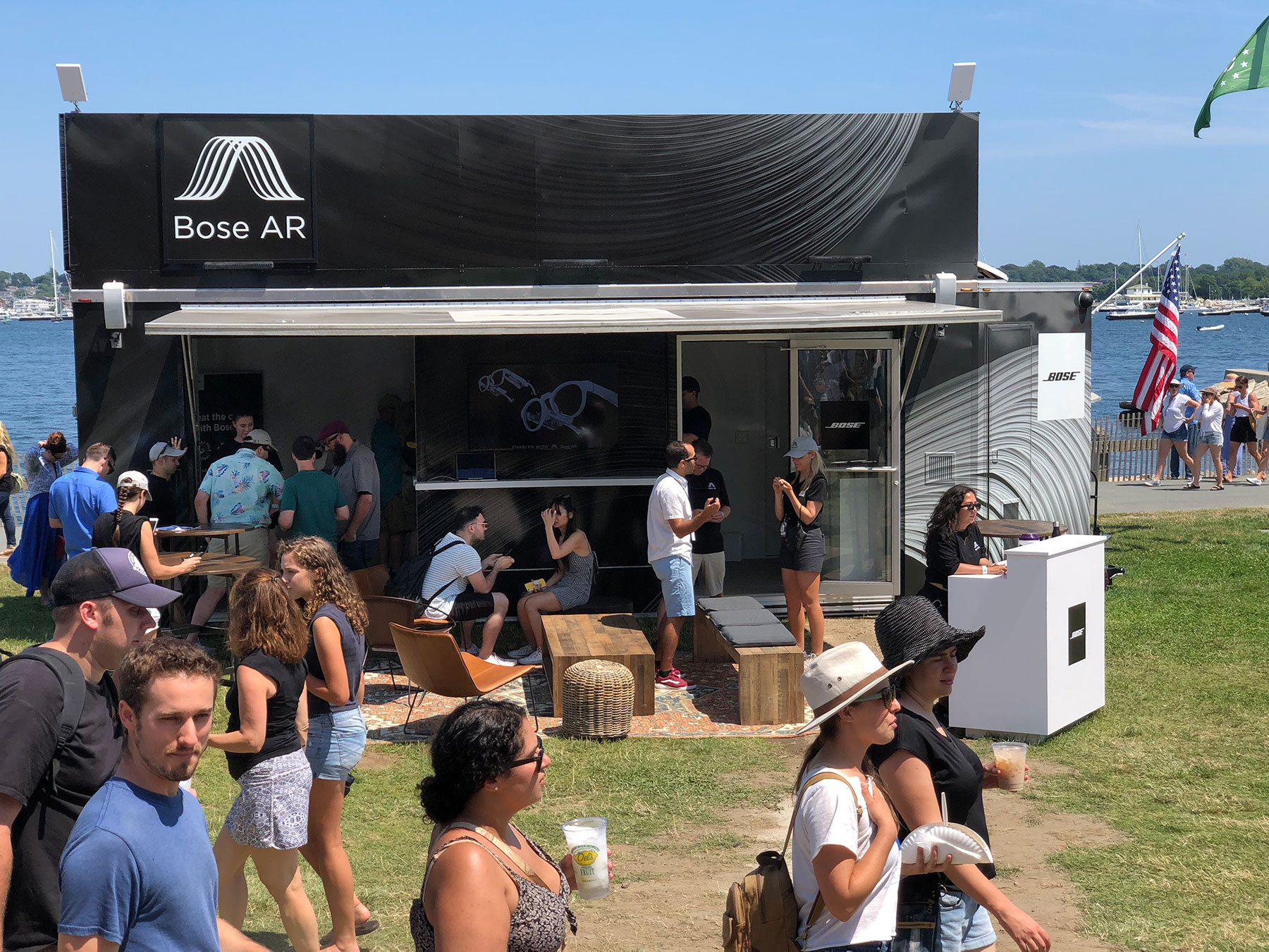
“At the Newport Folk Festival this summer, we were able to enhance the music festival experience with exclusive features delivered through a frictionless medium—Bose Frames,” said Chris Lamothe, SVP Experience Design at Cantina. “Festival goers were able to listen in on special ‘sold-out’ performances and get audio reminders—narrated by the artists themselves—letting them know where and when their next sets were—even providing heads-up alerts for special unscheduled performances. With Frames, the audience was able to get more value literally out of thin air with intelligent, contextually-aware audio layered atop the real-world experience.”
The implications for retailers is a world where audio can integrate seamlessly into the physical shopping experience. Imagine an audio concierge that tells you all the backstories behind the merchandise you engage with via location-aware beacons creating a curated narrative tour of a store. Better still, Frames, and audio in general, keep consumers eyes on products and not on their phone screens hunting for a sweeter deal online.
Bricks and Mortar Continue Morphing
The message from both shows was that stores need to focus more on delivering an incredible customer experience and service. Scott Gregory, VP of Pharmacy and Health Services Marketing at CVS Health, who is rolling out HealthHUBs across the country, said “We had to take out 20% of front of store to account for HealthHUBs at CVS. We’ve realized that we’ve had to sub-optimize a significant impact on the pharmacy and Minute Clinic as a result. We want to be a destination where we’re the ones consumers go to treat themselves well. We’re in a highly commoditized space. We want to fight the notion that every retail pharmacy is the same.”
Also in the healthcare arena, Cantina’s Experience Strategy and Service Design team has been working with Blue Cross Blue Shield of MA to create a unique retail space, named Well-B, located in Boston’s Prudential Center Mall. This place, focused on delivering a great experience first and foremost, is working to enable customers, employees, and the wider world to come together to help reinvent healthcare through education and collaboration that includes exhibitions, programming, and interactive media.
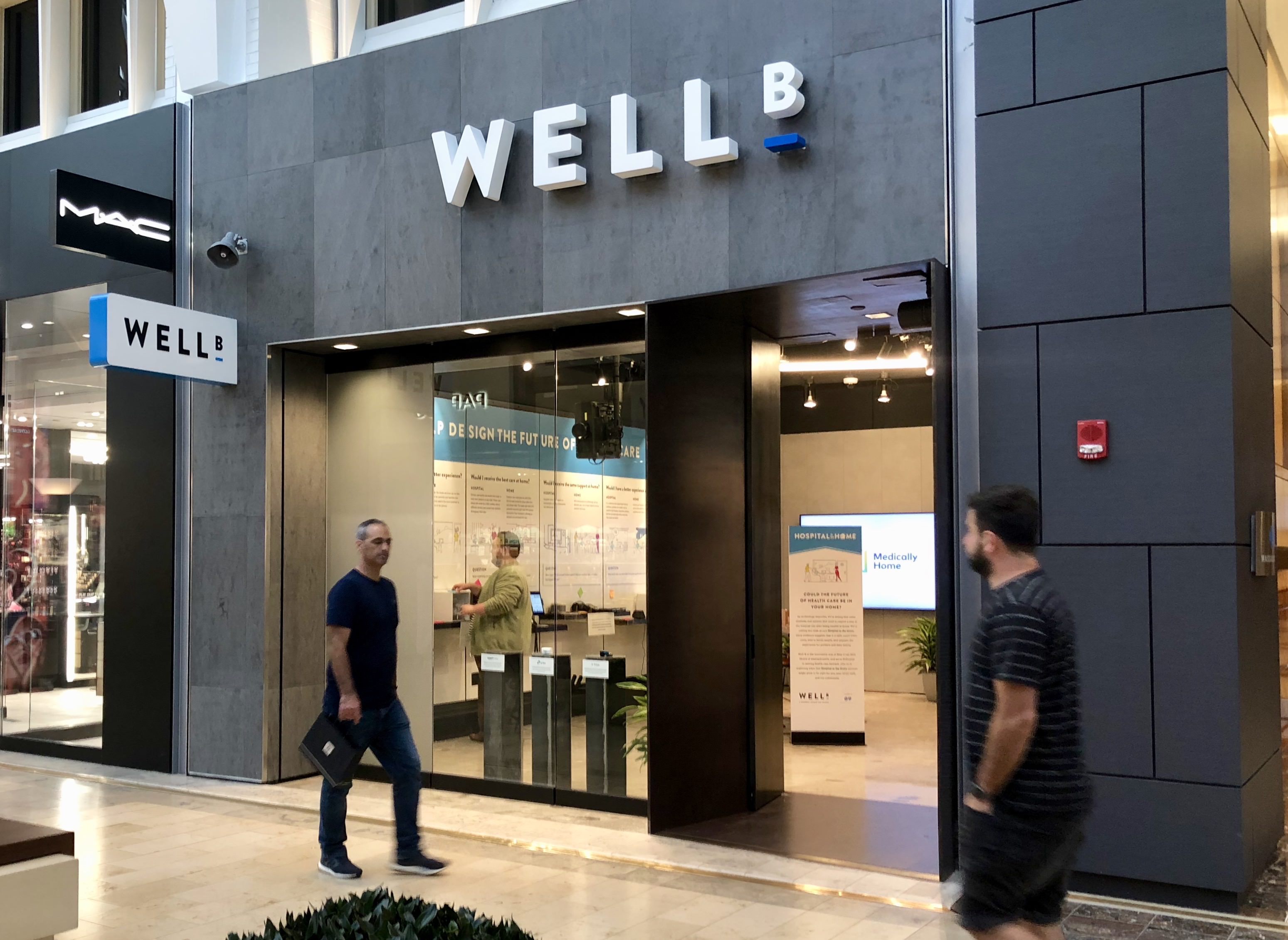
Still have any doubt that experiences trump just having a place to buy stuff? The Museum of Ice Cream just scooped up $40 million in funding on a valuation of $200M to build a brand and products, having already proven that they can create an incredible physical experience.
Experiences and services are increasingly becoming automated. I spoke with John Lert, the founder and CEO of Alert Innovation who presented at Retail Tomorrow about his Novastore grocery store of the future concept powered by Alphabot robots to automate picking, deliveries and curbside pickups for customers and eliminate the need for center store. He says, “This model is the only way to combine food e-commerce with physical stores profitably and sustainably if they shift more dollars to online.”
The same week as eTail, McDonald’s introduced a new to-go only location in London and L.A.’s famous Canter’s Deli shared that it’s taking 30% of its orders online and is getting into the “ghost kitchen” space. Who needs a place to sit down (besides your sofa) when online orders are more prevalent and a virtual kitchen can be located anywhere?
Your Company Doesn’t Need a Digital Strategy
George Westerman of MIT captured the zeitgeist of eTail in his presentation and Cantina couldn’t agree more with his sentiment that: “As sexy as it is to speculate about new technologies such as AI, robots, and the internet of things, the focus on technology can steer the conversation in a dangerous direction. Because when it comes to digital transformation, digital is not the answer. Transformation is.”
We always focus on asking “What’s the right thing to build?” for the customer first, and then ask “How should we build the thing right?” We also believe that, as William Gibson famously said, “The future is already here – it’s just not evenly distributed.” And judging from the upstarts and legacy brands competing at the shows, that’s a crystal ball prediction we can all agree on.
Key Takeaways:
- Creating meaningful experiences online and offline is essential for retailers to differentiate in a commoditized world and requires really knowing your customers.
- Retailers will continue to grow their knowledge of customers as touchpoints proliferate via IoT and data comes streaming in at 5G speed.
- More knowledge of customers will require robust systems and interfaces to process this information and drive actionable insights from data (hopefully inside a glass box and not a black box).
- Actions will be accelerated by AI automation, increasingly personalized, and feel less creepy as Gen Z grows up in a world that was never private for them.
- Permission for personalization will be granted to the brands that bring values (in both deals and beliefs), build trust, and communicate authentically to customers and reward them for their business.
- Companies that deploy technologies that combine personalization with a frictionless purchase and customer service experience will win.
- The blurring of our online and physical world will drive retailers to deliver even more meaningful experiences and conveniences to stay relevant - they’re not dying, they’re just morphing.
- Successful digital transformation must focus on transformation first, and digital second.
Interested in learning more? Talk to Cantina today about how we can help you with an innovative retail strategy to meet your customers’ needs.



